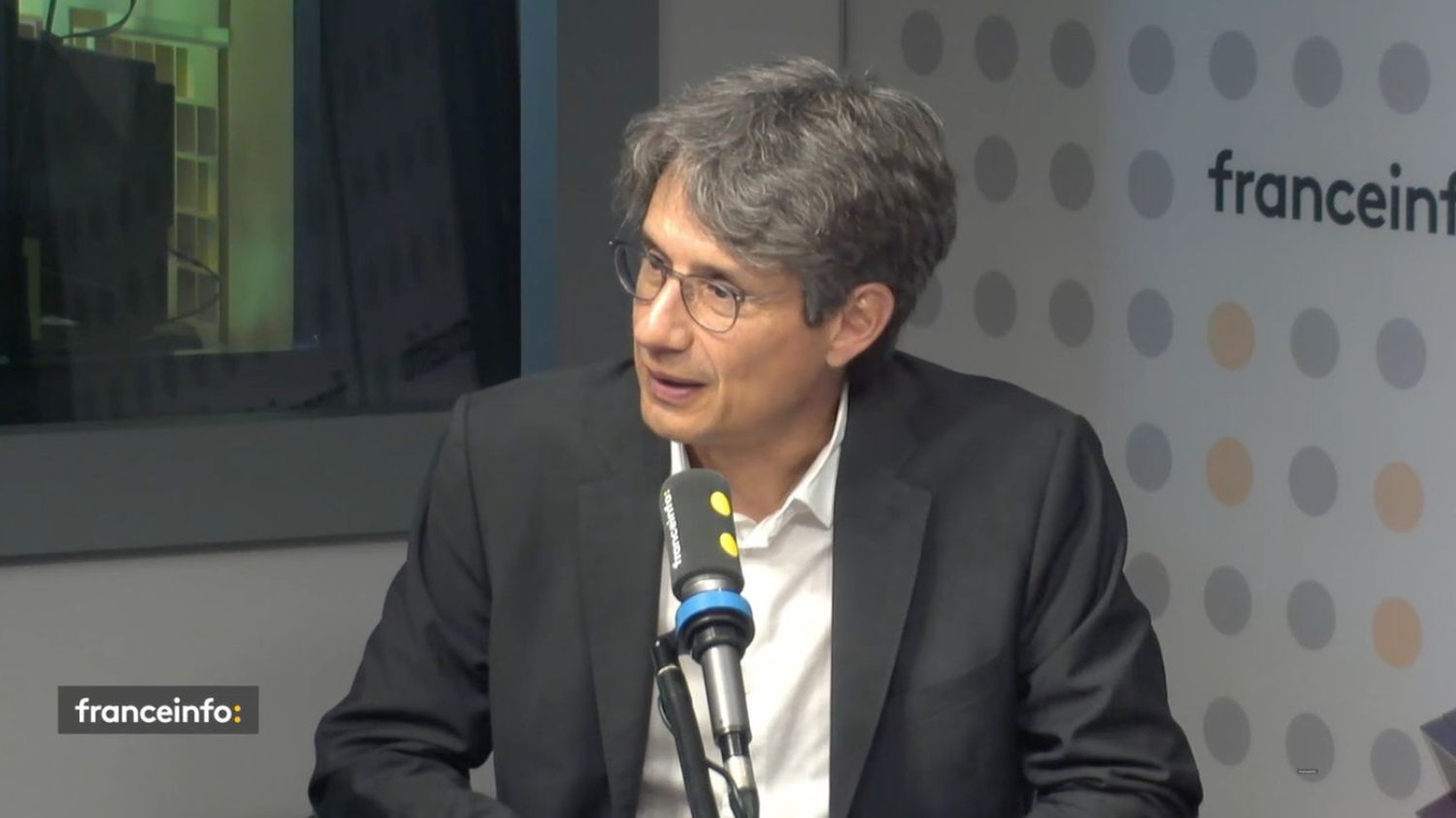On May 30, 1992, French and German viewers discovered a new channel. Arte was born from the desire of President François Mitterrand and Chancellor Helmut Kohl to culturally seal Franco-German reconciliation.
The discussions were long, especially because Germany is a federal state. Culture is not in the prerogatives of the government, there is also no minister dedicated to this area. It was therefore necessary for the representatives of the 11 Länder (territories that make up the country) to agree. Then the term “culture” does not have the same meaning on both sides of the Rhine. In France, it’s art in general. In Germany, it’s broader, it also includes societal issues. It took months to find a compromise and launch Arte, which stands for “Association relating to European television”.
If at the beginning, and for quite a few years, it was supposedly a channel for intellectuals-bobos, with fairly specialized programs, sometimes lunar, Arte has become a brand accessible to all, with its 2.9% audience share in 2021 (7th most watched channel). “More and more people have a connection with Arte. It means that our usefulness has never been so strong. It is also a source of pride to see that the youngest are watching us now. We have 21 million subscribers on social channels (Facebook, TikTok, Instagram, YouTube, etc.). We are seeing more than 100% increase among 15-34 year olds between 2019 and 2021”, rejoices the President of Arte Bruno Patino. Has its usefulness been even greater since the start of the war in Ukraine?
“From its creation, Arte has been a Franco-German device turned towards Europe.”
Bruno Patinoon franceinfo
“The interstate treaty gives us the objective and the mission of contributing to bringing European peoples closer together through culture. Frankly, there is no finer mission, I think. 30 years later, Europe is once again experiencing the war in a European territory, which gives us a great responsibility. Admittedly, we are only an audiovisual offer, we do not replace much more important things, but we must take our part in contributing bringing peoples closer together and enabling them to get to know each other better culturally, in terms of information and stories”, says Bruno Patino.
For our thirty years, we put on our 31 ✨ #30ansARTE pic.twitter.com/yy5hub0uv0
— ARTE (@ARTEfr) May 30, 2022
To celebrate this 30th anniversary, the channel could have drawn from its catalog to offer this evening one of the many great films it co-produced (one of its 14 Palmes d’Or at Cannes for example), but it preferred the multi-award winning animated documentary Flee the story of the exile of an Afghan refugee: “We didn’t want to look in the rear-view mirror, but rather towards the future. ‘Flee’ seemed to us first of all to be an unexpected, different, surprising programme. It’s also a European co-production. And then it’s animation so a new writing. Finally, it talks about geopolitics through the prism of a human destiny. And so it seemed to us to be both totally in resonance with the situation of the moment and to be close to the values defended by Arte “, says Bruno Patino.
However, a shadow hangs over Arte: how will it be financed in the future? As a public channel, it collects the license fee this year for the last time. From 2023, this tax will be abolished, as Emmanuel Macron announced during the presidential campaign. Funding for public broadcasting will be taken from the state budget, but we do not know how high.
“We are attentive. We have ambitions and we must give ourselves the means. The German resource is on the rise and above all guaranteed on a multi-annual basis until 2024. In France, we have uncertainty about the nature and level new funding. As president of Arte, I would like the French impetus to be the same as the German impetus”, concludes Bruno Patino.
